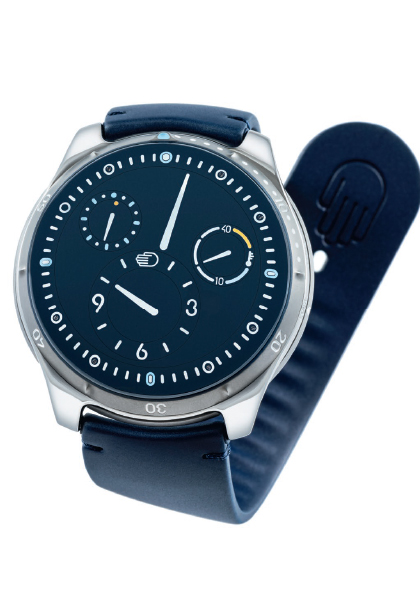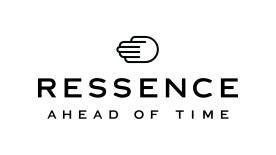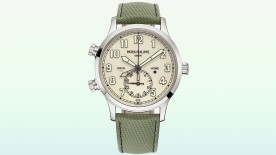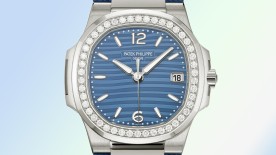Benoît Mintiens does everything differently, and with good cause: he’s a designer, not a watchmaker. His main concern, and the guiding principle when he set up Ressence, is that watches should be readable. The Ressence name is a contraction of the French for ‘rebirth of essentials’ — ‘essentials’ being understood in watchmaking terms as providing a clear, user-friendly view of the display.
Farewell to hands and fixed dials
Benoît Mintiens’ view is that it’s possible to do better than moving hands and a fixed dial based on a central point. He reasons that if time can ‘move on’, as the saying has it, dials should be able to move on too — thereby dispensing with the need for hands. His Série Zéro was designed and created on this basis, using the Ressence Orbital Convex System (or ROCS for short): an in-house complication that simplifies the display. All the functions — hours, minutes, and seconds — are kept separate, each with its own constantly rotating dial. The result? No more hands, no more centralised display — and before too long, no more crown. And thus was Ressence born.
What further improvements could there be? The TYPE 5, launched in 2015, answered that question, becoming the first mechanical watch to be eminently readable when underwater, irrespective of the angle of view. It solved a major problem for dive watches: the way the orientation of a sapphire crystal under water tends to make it more of a mirror than anything else.

Reflections on the Type 5
Ressence’s basic premise is simple: making the refractive index of the crystal as close as it can be to that of the dial (and the air gap between them) will mean that the difference between the two will no longer be visible to the naked eye. Achieving this involves creating an optical illusion in which crystal and dial become one by making make the refractive indexes of everything between the dial and the viewer as near-identical as possible. While there’s a big difference between the refractive index of air and a crystal, there’s far less between a crystal and a liquid, so the (apparently) obvious solution is to fill the gap above the dial with liquid.
In practice, matters are much more complex: watchmaking and liquids generally don’t go well together. Indeed, the former has been striving to get rid of the latter over the past 70 years or so, quite successfully: the huge advances in watertightness have now made it possible for dive watches to plumb the depths of the Marianas Trench.
A Trick of the Eye
Rather than attempting to overturn these principles, Benoît Mintiens has in fact taken them wholly to heart — but in doing so, he’s completely separated the movement from the dial. The movement operates within a fully watertight environment. Above it, the dial and the ROCS are wholly immersed in 37.5 millilitres of an oil with a refractive index identical to that of the crystal above it. The result is seamless visual continuity: it’s impossible to see where the crystal ends and the dial begins; the crystal becomes invisible, even under water, whatever the angle of vision.
To compensate for fluctuations in the volume of the oil as the temperature changes and ensure no bubbles form, the watch is fitted with a system of seven bellows that expand and contract as the volume of the oil increases and decreases. It goes without saying that like any dive watch worthy of the name, the TYPE 5 complies with the ISO 6425 standard. The experts have also bestowed fitting honours: in 2016, the Fondation de la Haute Horlogerie (FHH) certified Ressence as one of the 64 brands in the world to qualify as Haute Horlogerie — Fine Watchmaking.
This year GMT Magazine and WorldTempus have embarked on the ambitious project of summarising the divers watch since 2000 in The Millennium Watch Book - Divers watch, a big, beautifully laid out coffee table book. This article is an extract. The Millennium Watch Book - Divers watch is available in both French and English here:





